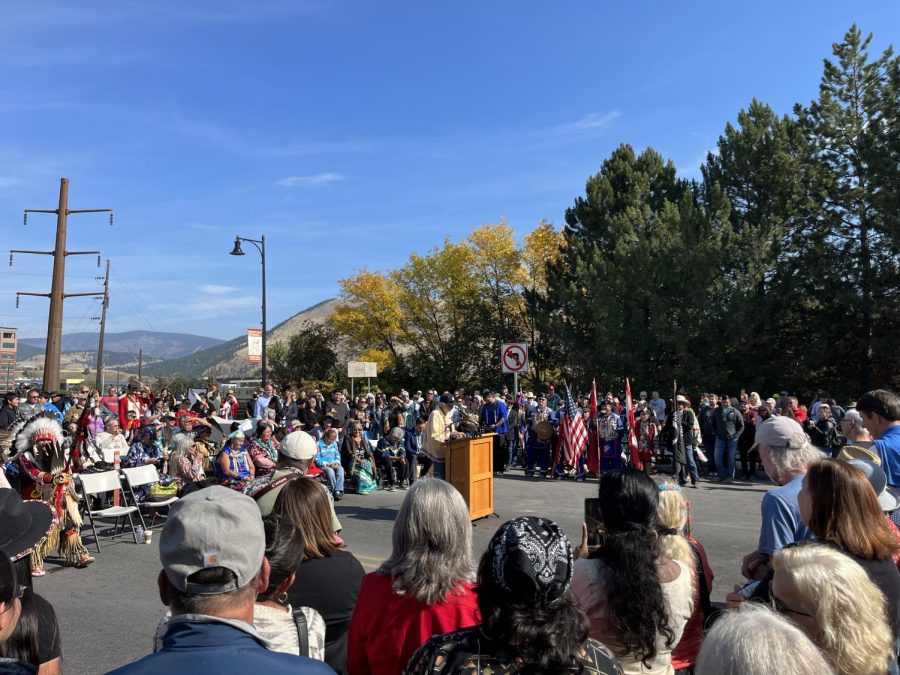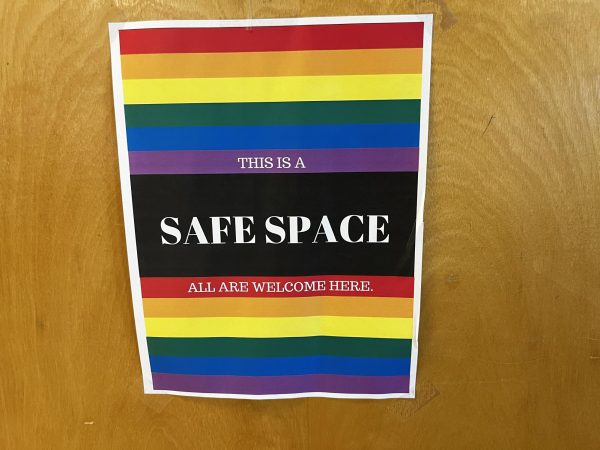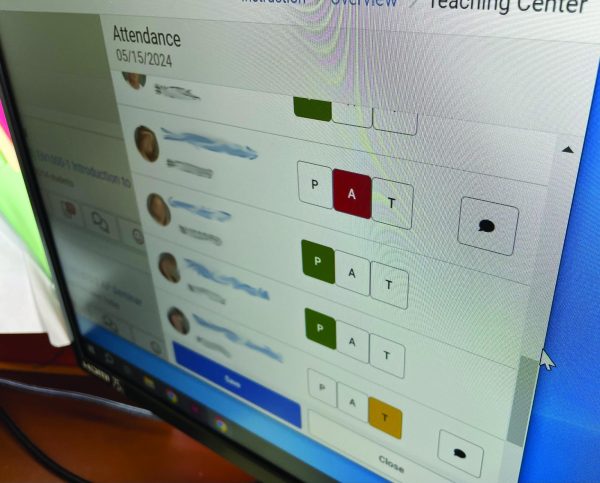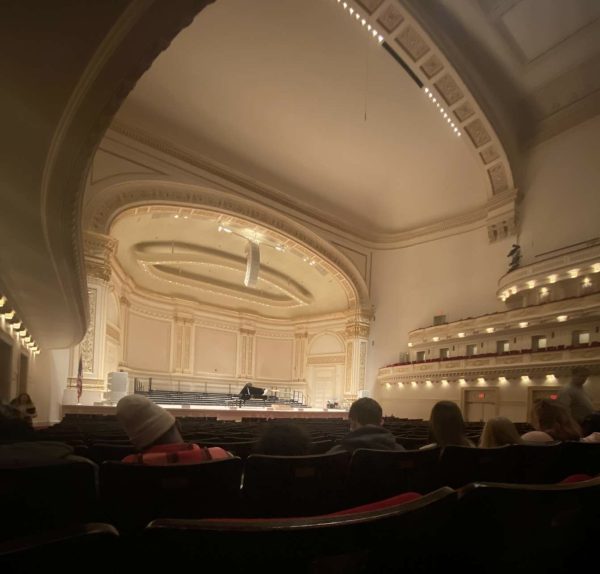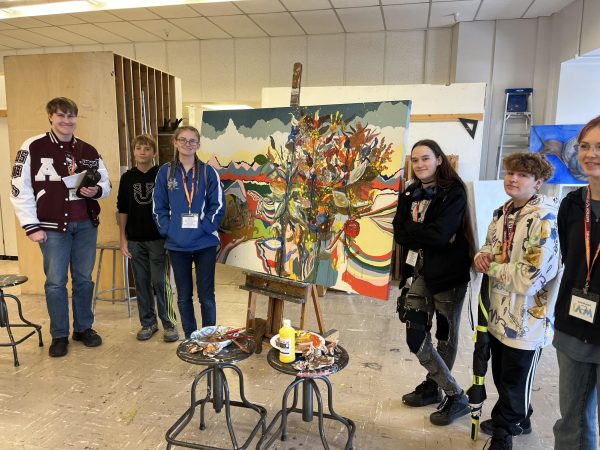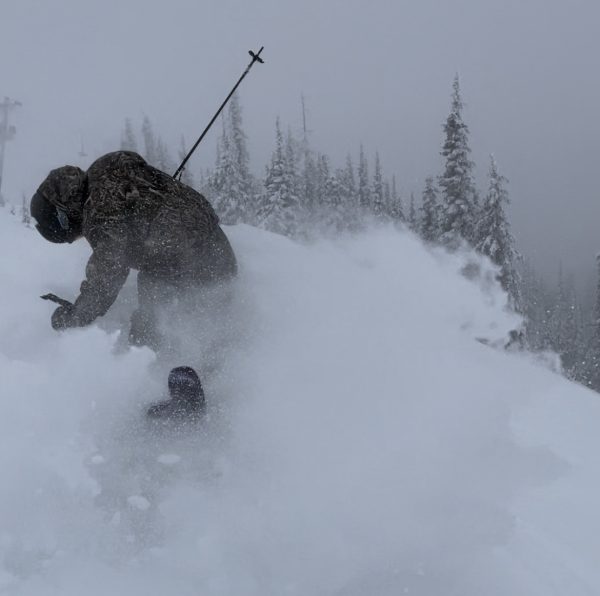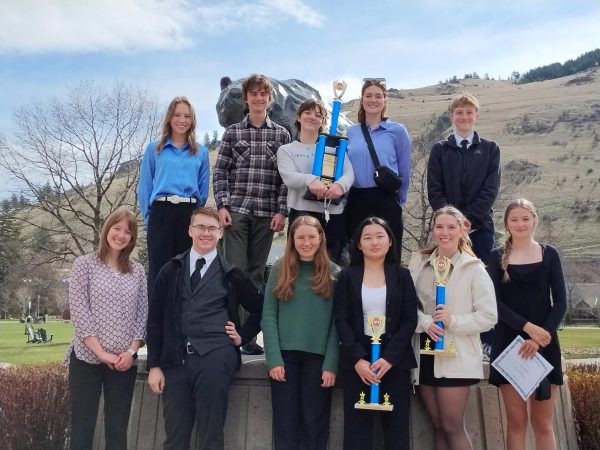Opening of Beartracks Bridge Highlights New Relationship for City of Missoula
Oct. 10 marked Indigenous Peoples Day and the opening of Beartracks Bridge in Missoula, Montana. A ceremony was held to commemorate the renaming process. The name Beartracks came from a sub-chief of Chief Victor Charlo, who led the long march from the Bitterroot Valley to the Jocko Valley. The renaming ceremony came after a rocky bridge rebuilding process. However that didn’t stop the process from being complete and for the bridge to be renamed.
To announce the new name of the bridge, a ceremony was held. In attendance was the direct blood relative of the Chief Grizzly Beartracks and elders from the Salish and Pend d’Oreilles tribes. These were the two tribes that were impacted the most by the Hellgate Treaty and where the tribes that were forced to move.
The ceremony also featured guest speakers from those who helped push this project forward. Dave Strohmaier, the County Commissioner of Missoula, was a spearhead to get this project moving for Missoula. The event had been in planning stages for four years. Mellissa Hammit, an indigenous person of the Blackfeet nation, spoke on what this project meant to her. “The recognition of this event and of indigenous people that were here before Columbus got here, it means a lot to me.”
The event also marked and sparked for a lot of people what it means to be indigenous and how this event affected them. For many, the event sparked emotion that couldn’t be described. Sicily P. of the Salish and Navajo Nation said, “It’s hard to put into words what this day marked for me and my family. I can’t say exactly how I feel but as an indigenous person, I am glad that my people are finally getting the recognition that they deserve. The event marked a special moment for many families and marked a special feeling for more than just indigenous peoples.”
Strohmaier said, “This day marks more than just a bridge being opened. It marks the connection of two worlds that have been forced to remain separate for so long. It marks recognition of generations of trauma and marks a new beginning for all of us in the Missoula Valley.”
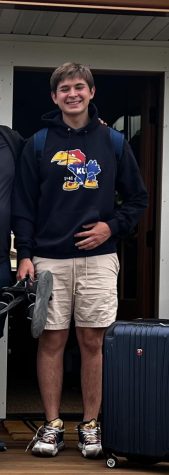
Hello! I am Evyn Good and I am a junior at Hellgate and it is my first year writing for the Hellgate Lance. I hope to write feature stories and opinion,...

